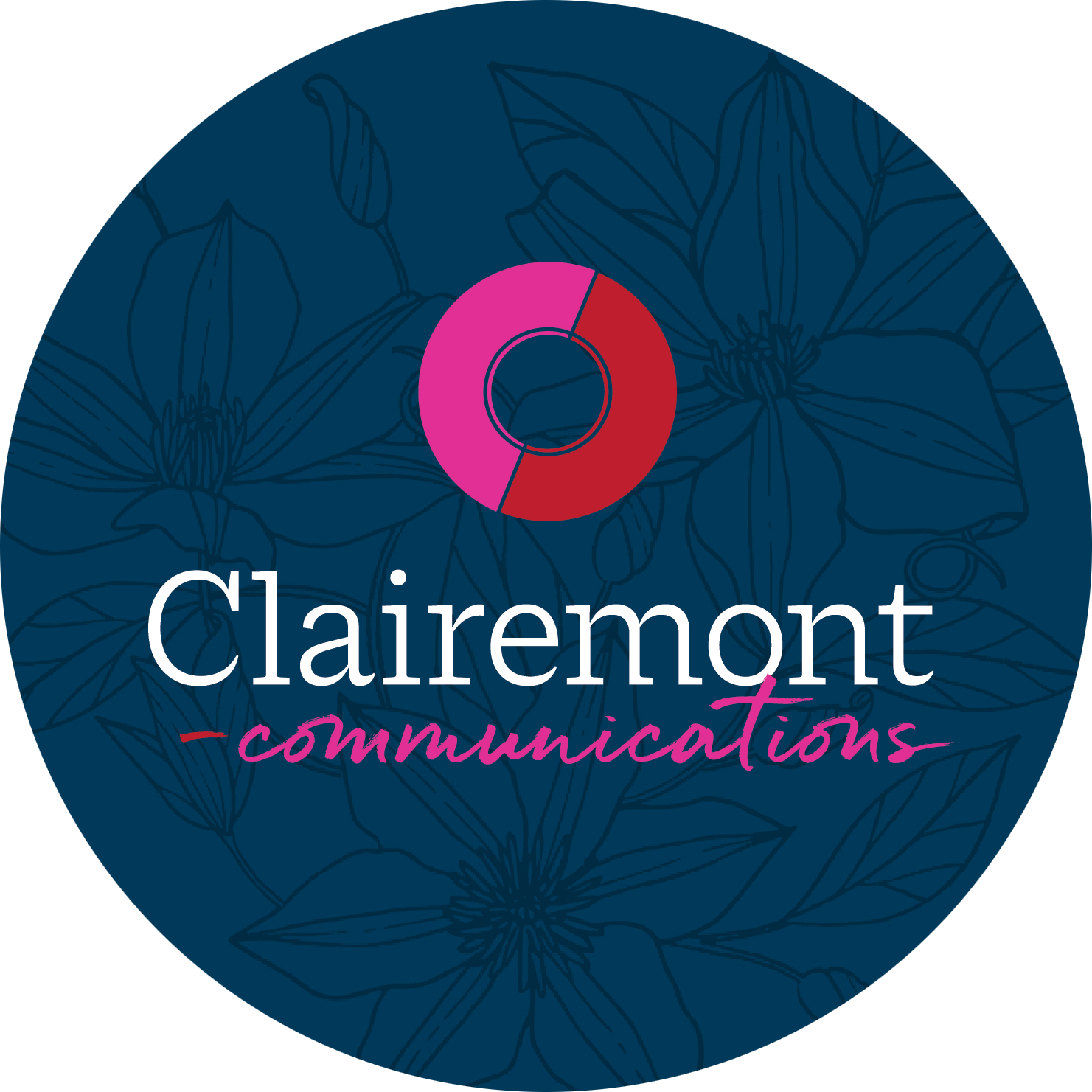The way to a consumer’s heart might just be through his or her funny bone. Using humor in marketing breaks down walls and showcases a brand’s one-of-a-kind personality. When it comes to captivating comedy, what brands have landed the laughs with their target audience?
All About Brand Awareness
The driving motivation behind advertising efforts is to generate brand awareness with memorable campaigns that ultimately drive sales, of course. While some might say doing business leaves little room for humor, integrating a splash of silliness is proven to foster meaningful connections between consumers and a brand. The use of comedy not only serves to build brand identity, but humor marketing also gives a brand its own personality and air of authenticity.
Which Brands Have Struck Their Audience’s Funny Bone?
When a brand successfully leverages comedy to resonate with an audience, people take notice. In 2010, Old Spice made a bold decision that saved its brand during the Superbowl commercial break. A men’s grooming products brand, Old Spice advertised to the female partners of the men that would be the purchasers of Old Spice products. The viral marketing campaign, “the man your man could smell like,” garnered 220,000 YouTube views in a matter of hours after launching.
The marketing genius behind this madness?
Humor, audience engagement and tons of quality content. Old Spice invited social media users on various platforms to submit questions to ask the “Old Spice Man” that would go live in an ad. People loved it, and the ads garnered attention, excitement and interest without relatively low cost and effort. Positive exposure for a brand because of a man cracking cool comments in front of a shower? That’s the beauty of humor marketing.
What other brands have successfully dabbled in comedy?
State Farm’s beloved Jake from State Farm, the quirky, potty-humored ads from the Dollar Shave Club and Clorox’s jokes about situations where you might need a Clorox wipe are all fantastic examples of the potential of humor marketing.
Sarcasm Status: Trending
Twitter has normalized a casual, sarcastic tone for its users, giving brands an opportunity to capitalize on a casual marketing medium while showcasing a different part of their brands’ voices and personas.
Wendy’s has earned a reputation on Twitter for being sassy, sarcastic and downright hilarious. While Wendy’s television and print advertising tactics might blend in with any other fast food joint, Wendy’s Twitter account has earned the brand a whole new level of awareness. From Tweets like, “Hey @McDonald’s, roast us.” to sassy exchanges with the Burger King Twitter account, Wendy’s has amassed a huge following, all because of its form of humor.
Wendy’s isn’t the only brand to recognize the beauty of Twitter’s casual essence. Moon Pie has perfected the art of offhand hilarity with its tweets. This strategy has worked so well for its brand recognition that people who don’t even eat Moon Pies still give them a follow, including me!
The Impact of Empathy
Especially amidst a pandemic, humor in marketing can both boost a brand and serve as a much needed breath of fresh air. According to an excerpt from a Marketing Week article, “There’s an old Vaudeville expression that laughter is the shortest distance between two people.”
One of the main goals of marketing is to connect with an audience and to empathize with them. Humor can accomplish this, bridging the gap between a brand and its audience. Author Andrew Tarvin once said, “Both humor and marketing are about communication … If you get a consumer to laugh, you get them to listen. If you get them to listen, you get them to learn, and ultimately act.”
If a brand can make an emotional connection by mixing compassion and humor together, it will establish itself positively in the mind of its audience. Here are a few brands that have managed to create content that does just that.
Want to know more about marketing methods? Look at our blog about the magic of memes!
By Clairemont intern Anna Beth Adcock, a senior at NC State.

